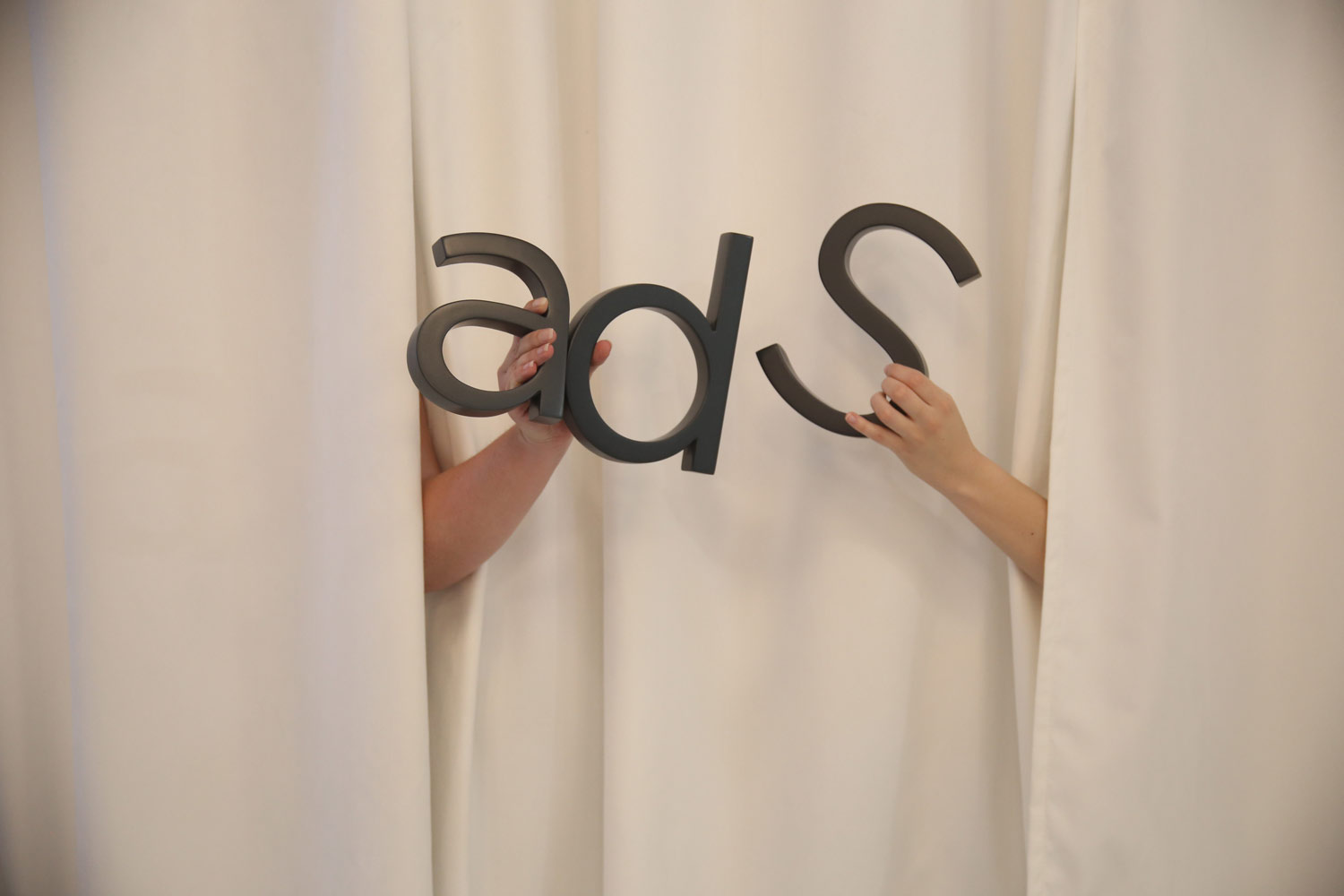TikTok launched TikTok Ads in the Balkan region in August and now is the best time for advertisers to join the platform. We’ve covered the basics of TikTok advertising and a guide for creating ads on TikTok in our previous blog posts and in this post we’ll show you the comparison between TikTok and other advertising platforms.
What are the key differences between TikTok and Facebook, Instagram and Twitter/X Ads?
Costs largely depend on the type of campaign you’re running, your ad creative, targeting settings, ad copy etc. Both platforms primarily charge their users by impression and the best way to compare the costs is via average CPM.
An important factor in TikTok advertising is the minimum investment price, i.e. $0.50 is the minimum possible CPM and advertisers are obligated to invest at least $500 per campaign. This requirement could be significant for advertisers in some cheaper markets with less market competition where $0.50 may be above the market rate. However, most markets have an average CPM that on average ranges between $6 and $12. This number can vary depending on multiple factors, main one being the industry of the advertiser.
Expected CPM for Croatia on TikTok is around 1-2€ based on the Meta Ads costs for Croatia compared to other countries.
Meta on the other hand has a minimum budget requirement of $1 spent per day which makes it a bit more accessible for first-time advertisers that want to try out the functionalities of Meta Ads. In the long term the lower financial barrier to entry won’t make a difference to a serious advertiser since it’s hard to achieve much with such a small budget. Meta Ads have a higher average CPM: it averages around $10 in most western markets and around €3 in Croatia. Meta Ads prices oscillate far less compared to TikTok Ads because more advertisers globally use Meta for their campaigns.
While ads on X are generally much cheaper than on Meta, we expect TikTok to offer the most affordable advertising, with costs dropping even lower than those on X, when it comes to video ads.The average CPM of Twitter video ads in Croatia is around 1€ and TikTok will likely have an even lower CPM, at least in the beginning. For advertisers, this presents a valuable opportunity to maximize reach and engagement at a lower cost.
Overall, TikTok Ads are expected to be significantly more cost-effective than Meta Ads, especially when the goal is to maximize reach. However, it’s important to also consider other factors, like click-through rate (CTR) and conversion rate when aiming to optimize for conversions.
Are TikTok ads better for small or big businesses? They work well for both as long as you follow the best practices such as frequent creative updates and improvements and take into account the way TikTok fits into your overall marketing strategy. Small businesses looking to start TikTok advertising have to take into account the minimum campaign spend of 500€. While a minimum budget looks like a hurdle to get into advertising it’s a good guideline of a minimum spend necessary to achieve results. Larger businesses have the option of utilising A/B testing creatives and targeting settings which is highly recommended in order to increase performance.
What are TikTok targeting options compared to Meta targeting?
Looking at TikTok, Meta and X, each of these platforms provide great targeting options with nuances that fit different strategies, depending on the advertising goals. While differences are not huge they can be significant when implementing advanced marketing strategies.
TikTok
TikTok ad targeting options allow you to show your ads to certain user users by multiple targeting dimensions: Demographic targeting (age, gender, location and language), Interest Targeting (interests derived from their behavior on the platform, e.g. Gaming), and Behavioral targeting. The latter includes,
Engagement with content: Target users based on their interaction with specific types of content, such as videos they watch, like, share, or comment on.
Hashtags: Target users based on their interaction with videos (e.g., users who have watched videos from a specific category or with specific hashtags).
Additional target options focus on:
Purchase intent: Target in-market users who are actively researching or purchasing one specific category of product or service. (e.g. Travel Intent)
Device targeting: Device model, device price, operating system, carrier, ISP and network type
Smart Targeting: Expands your targeting settings when the system predicts it will be hard to deliver ads based on your initial targeting selections to reach a larger audience who are more likely to convert, thus extending your delivery cycle. It works similarly to Meta’s Advantage + targeting.
And there is always the possibility of creating tailored audiences:
Custom audiences: You can upload your own list of users and match them via email or phone number to target them on TikTok.
Lookalike audiences: Target users who are similar to your existing custom audience.
Meta
Meta offers similar options, but to a more granular and detailed targeting level. One of the key differences is Meta’s ability to create custom audiences using a wide range of both internal and external sources:
Internal Meta sources include video, lead form, instant experience, shopping, AR experience, Instagram account, events, Facebook page and on-Facebook listings.
External data sources include website users, app users, catalogs, customer lists and offline activity.
Meta also offers life events targeting, such as birthdays, new jobs or moving into a new apartment which may be useful in certain industries such as home furnishing. While Meta automatizes life events targeting TikTok can help you discover and target certain life events by targeting hashtags manually which may be time consuming but makes targeting more precise.
X (formerly Twitter)
X Ads use similar targeting settings as Meta Ads but have a useful advantage over other ad platforms. Since X is mainly text focused it allows advertisers to target users by keywords used in posts and conversation topics. This targeting setting allows to easily capture trends and can be a powerful option when combined with keyword research tools. Keep in mind that this type of targeting works better in larger markets.
Overall, advertising on each of these platforms provide great targeting options. Choosing one will depend on marketing goals but in the long run the best option is to use all of the platforms listed above. TikTok is expected to work best if your business relies on taking advantage of trends and knows how to visually present your business, X is great if you want to start a discussion about your business and gather user feedback and Meta is an allrounder platform good for all types of businesses.
Different ad formats between platforms
TikTok ad formats vs Meta and X ad formats
Meta and X have a larger pool of ad format options than TikTok. TikTok Ads are video oriented and don’t use any image-only formats. We went through TikTok Ads formats in detail in one of our previous blogposts so be sure to check it out.
TikTok Ads offers only Spark and In-feed ads for the moment in Croatia but will include other formats later on.
Meta meanwhile offers video, image, carousel and catalog ads on multiple placements such as Facebook and Instagram feed, Reels, Messenger, Instagram Explore etc. X offers the largest palete of ad formats: image ads, video ads, carousel ads and text ads on multiple placements.
However, TikTok offers by far the largest variety of vertical video ads when compared to competitors and it’s the only platform that offers multiple ad types in the vertical video category.
TikTok ads vs Youtube Shorts ads
What about YouTube shorts?
Youtube Shorts are a direct competitor to TikTok and both platforms offer vertical video ads. Youtube Shorts ads appear between videos and their main benefit is the ability to combine your Shorts strategy with long-form video strategy. Another advantage is the integration with Google Ads ecosystem and the ability to utilize advanced targeting options.
TikTok focuses solely on vertical, short-form videos, which allows you to concentrate fully on this type of content. This specialized approach may lead to better performance over time. Unlike YouTube, where users can switch between long and short videos, TikTok keeps users engaged with short-form content only.
Advertising price is also much lower on TikTok because a lot of advertisers bid on YouTube Shorts unknowingly. Due to the way Google Ads place ads on Shorts a lot of advertisers waste their budget on pushing ads that are not optimized for Shorts and inflate CPM in the process.
Conclusion
In summary, TikTok Ads present a unique opportunity for advertisers in Balkan region. TikTok’s focus on vertical, short-form videos sets it apart from Meta (Facebook and Instagram) and X , which offer a broader range of content types. While TikTok is newer and less mature than Meta and X Ads, it boasts competitive CPM rates, especially attractive for advertisers looking to maximize reach at a lower cost.
TikTok offers robust targeting options similar to Meta, though Meta provides more granular custom audience creation. X Ads stand out with keyword-based targeting due to its text-focused nature.
In terms of ad formats, TikTok is video-centric, with limited options compared to the extensive formats available on Meta and X. However, TikTok excels in vertical video ads, competing directly with YouTube Shorts. Although YouTube Shorts benefits from integration with Google Ads, TikTok’s specialization in short-form content can lead to better performance and lower advertising costs.
Overall, TikTok Ads are a promising platform for advertisers aiming to engage with audiences through dynamic, short-form video content, offering cost-effective and innovative advertising solutions. TikTok is definitely worth advertising on. Both small and large businesses can benefit from using TikTok Ads as a part of their marketing strategy.
Read more about TikTok Advertising:
Introduction to TikTok Advertising – Basics and Getting Started







